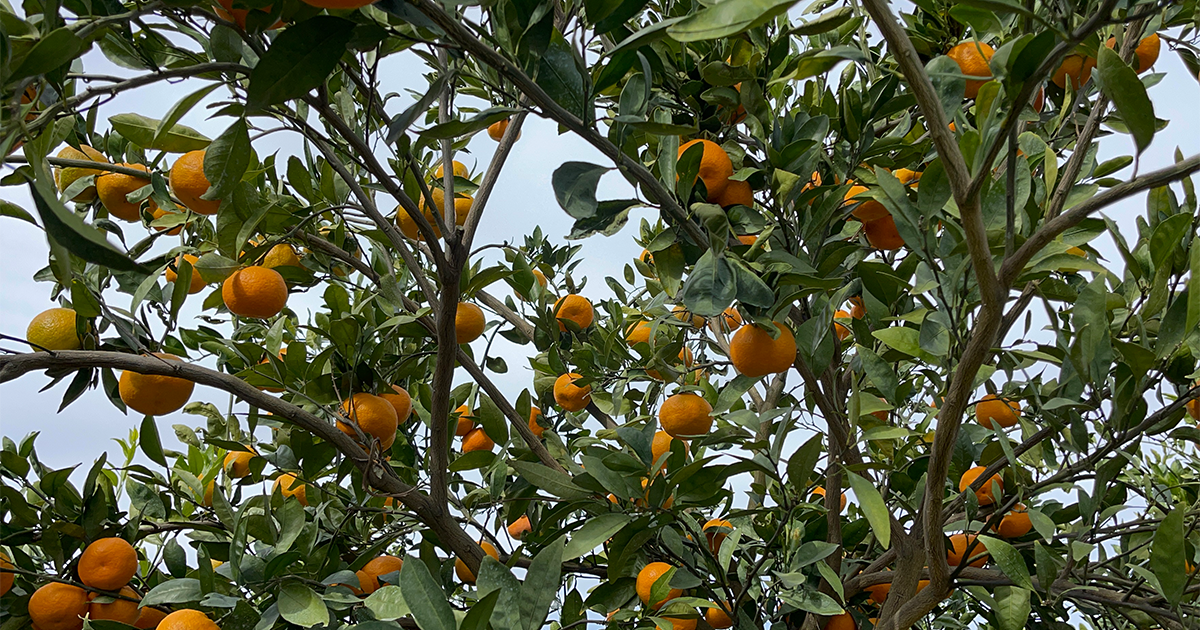Tifton, GA |
In Tifton recently, citrus growers gathered for their annual conference; a time of fellowship and education, as growers and experts work to lay the groundwork that will help keep the industry a thriving one in the state for years to come.
“It’s our 7th conference, and we have speakers from California, Florida, of course, Georgia coming to talk about the future of the citrus industry in Georgia. Previously, during our conferences, we’ve talked about growing the industry and we’ve kind of surpassed that mark. We know we’re growing and we continue to grow. So, now we’re just looking to the future about what we can do about diseases and the prevention of the spread of diseases and pests and so forth. So, we’re kind of laying the groundwork for what we need to do next,” says Lindy Savelle, President of the Georgia Citrus Association.
In the last several years, the state’s citrus industry has seen a huge interest and growth. Today, Savelle says growth has slowed a bit, but says the industry is continuing to flourish with new varieties starting to be grown.
“Georgia, primarily when we first began this industry in 2013, 14, 15, was primarily Satsumas, and what we realized is that we were saturating with a two-month window of citrus in Georgia, and we needed to flatten that curve out and plant something that comes in earlier or something that would come in later. That’s what we’re seeing. We’re seeing now that there’s about 65, 67 percent satsumas in Georgia, which is good. We’re seeing growth in plantings of tangos, chirinui, grapefruit, and other mandarins as well. So that’s where we’re headed,” says Savelle.
However, with that growth, comes concern, as the threat of disease still looms, such as citrus greening, a disease that has devasted Florida’s citrus industry and is a disease producers in Georgia are desperate to prevent.
“HLB is a billion dollar problem to have. As you’ve seen in Florida, the citrus industry, their production has gone down almost eighty percent. So HLB, it takes a couple of years but it can completely kill the tree as it is a bacterial disease, it clogs up all the plant conduit where the nutrients flow from one part to other so it can really kill the entire tree. Your fruit quality will be deteriorated and the overall plant health will be deteriorated. So, eventually the plant would die in a couple of years. So, it is really serious and as I said, it is transmitted by insects. So, once you have one plant in the grove, if you do not manage the psyllids and also do not uproot that tree, it can eventually take out the entire grove. However many acres you have,” says Apurba Barman, an Entomology Professor at UGA.
By: John Holcomb

